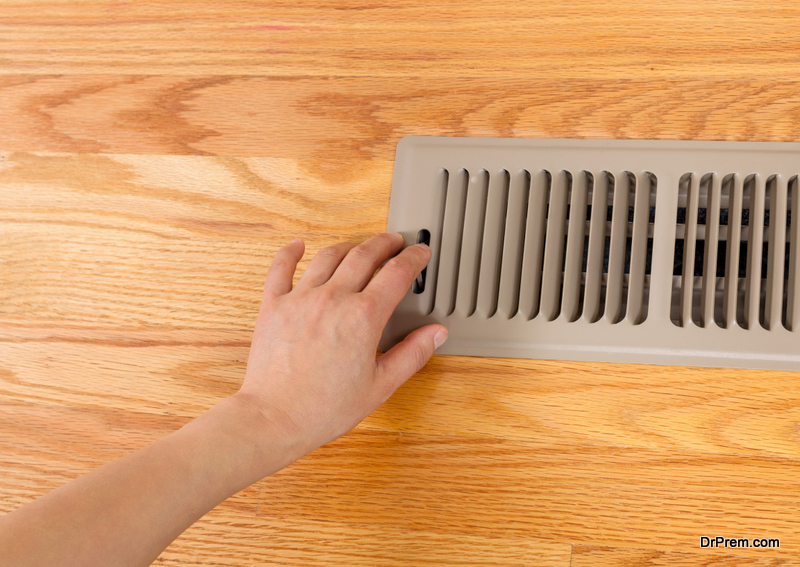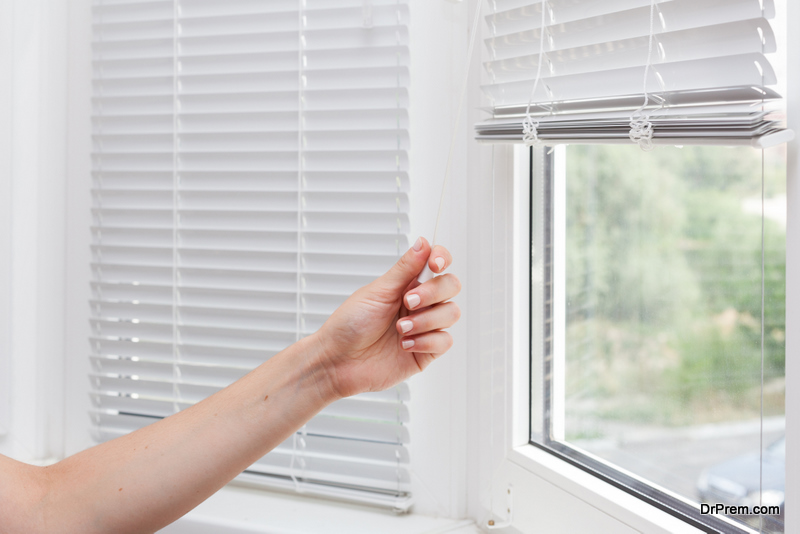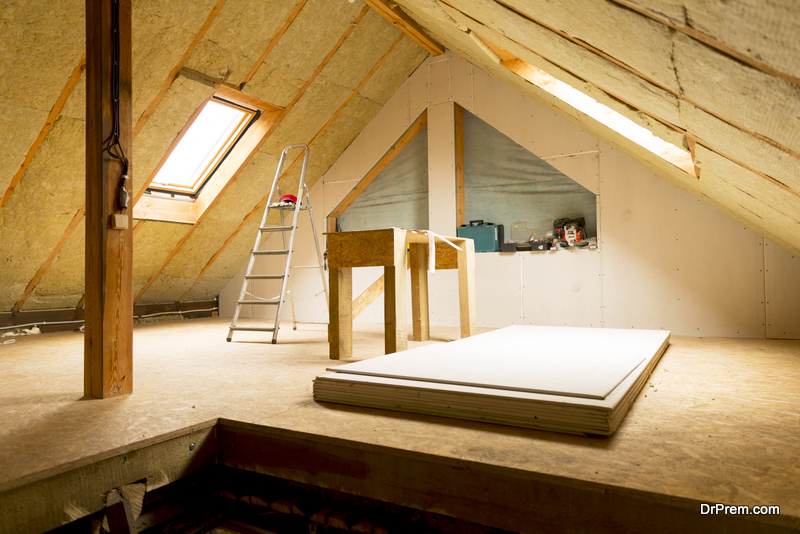It is common for storied properties with HVAC systems to have warmer upper floors than the Downstairs. Air conditioners work based on the settings of the thermostat. When indoor temperatures rise above the desired temperature, the AC kicks into action and distributes cooled air around the home through ducts and vents. When the thermostat detects that the desired temperature has been achieved, it allows the AC to turn off. With time, indoor temperatures will rise again, with upper floors often being the first to heat up.
Junior Petersen of 32degreeslv.com explains,“Cooler air will settle on lower floors, taking longer for a thermostat to detect temperature changes and uneven temperatures between floors.”
Below is what you can do to help reduce this disparity.
1. Keep Vents Open

Even if you may have unoccupied rooms upstairs, do not close the vents to force more cool air to other rooms. When air from the AC reaches a closed vent, it puts pressure on the surrounding ductwork that can cause it to become damaged. It does not alter how the air will flow. It is better to keep your vents open and use a damper to guide cool air where you most need it and better regulate temperature around the home. Investing in a zoning system is another way to accomplish the same.
2. Change Your Air Filters
Dirty air filters can interfere with good airflow around the home and restrict cooling to certain areas. Your AC unit will be pushed to work harder, eventually affecting its lifespan. Replacing disposable filters and cleaning reusable ones regularly will help allow your AC to work more efficiently and effectively, delivering more cool air to your upstairs.
3. Reduce Heat Sources

Reducing heat sources in your upstairs area can help your AC keep that floor better cool. This includes turning off unnecessary electronics and lighting fixtures and covering up windows with lightly colored curtains or blinds. With less heat penetrating from sunlight and electronic sources, it will be easier for your AC to regulate ambient temperatures.
4. Keep Your Fan Running
Your fan helps to keep air circulating. It is beneficial when you are in the room as it creates a wind chill effect that is like a cool breeze against the skin. It provides a more comfortable atmosphere than when air is left still and allows cooler air to descend and warmer air to rise. Even if your AC turns off, leaving the fan running upstairs will ensure almost as comfortable an environment as downstairs by helping to circulate air throughout the home better.
5. Check Attic Insulation

Attics are notorious for interfering with the thermal integrity of the home. If there is damaged insulation in the attic, it could be causing cooled air to escape upward, leaving your upstairs feeling hot. Inspect to ensure there are no gaps that could be preventing your upstairs from retaining cool air. Installing fans in the attic may also help to keep it cool.
If these options do not help reduce the difference in temperature between your upstairs and downstairs, consider calling in an HVAC specialist who can make an assessment. There may be one or several reasons for the disparity, and a professional will be able to advise you on what solutions will work best in keeping the entirety of your home nice and cool.
Article Submitted By Community Writer




